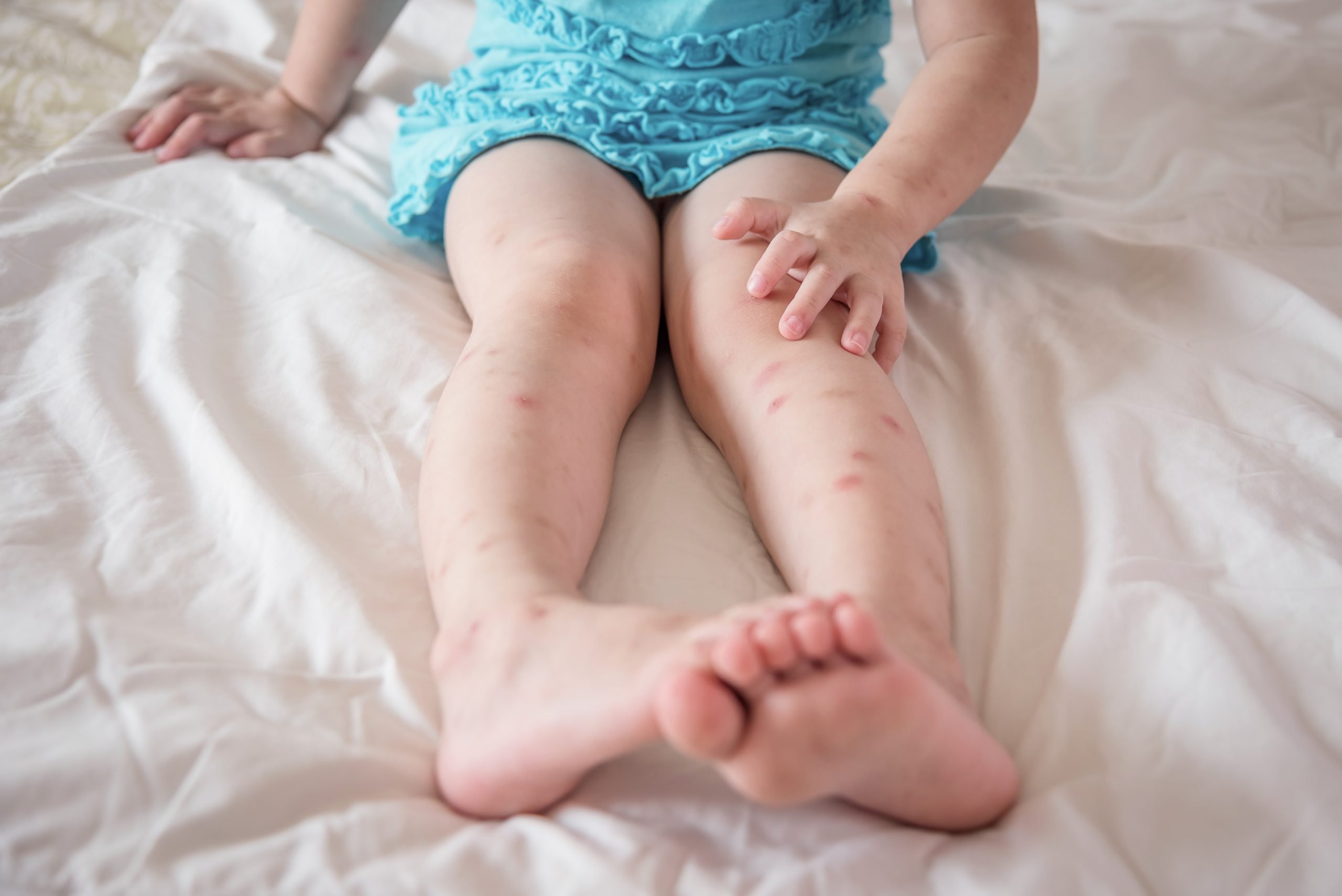Do you wake up in the morning with intense skin irritations or mysterious allergies? If so, you might be cudgelling your brain all day to pinpoint the culprit – is it bed bugs or dust mites?
For a long time, folks in Singapore tend to use these two terms interchangeably, presuming that they were the same thing. But the truth is that they are both very different organisms, and naturally, they affect humans in very different ways.
While you certainly don’t want either of these hard-to-spot, pesky pests in your living space (particularly in your mattress) educating yourself on their differences empowers you to tell them apart, seek the right treatment and take the right preventive measures in time to come. After all, the last thing you want is to do nothing, allowing these uninvited guests to invade your sleep sanctuary.
Now, our cleaning team here at Clean Lab is here to help you through this endeavour, so you can stop these creepy-crawlies from making a free meal of you!
Bed Bugs: What Are They?
Bed bugs, otherwise known as nocturnal parasitic bugs, are small species of insects in the genus Cimex lectularius and Cimex hemipterus. The size of an adult bed bug is approximately 5mm long and 33mm wide (the size of an apple or sunflower seed) – this means that they’re indeed visible to the naked eye. In general, they are recognised for their reddish-brown colour and long, flat, oval-shaped body.
Their Feeding Habits
As nocturnal organisms, bed bugs creep out in witching-hour to hunt for food. Like mosquitoes, they thrive on animal’s or human’s blood – which also explains why untrained eyes tend to draw mistaken associations between the two symptoms. However, unlike mosquitoes, bed bugs have sharp, saw-like mouthparts that enable them to “slice” through your skin (think – a knife through butter), leaving behind hard-to-eradicate bites that can range from small itchy rashes to inflamed, red welts.
Their Habitat
Crevices and corners that are hidden from plain sight are bed bugs’ favourite hiding spots. They could be burrowing in tight spaces beneath your upholsteries, behind the headboards and the likes. With a penchant for secreting themselves, hunting these critters down can be a daunting task. But here are some tell-tale signs of their presence:
- There’s an unexplained musty odour in your room
- You tend to wake up with itchy red marks/bites in a distinct pattern
- Waking up to sheets dotted with blood
- You come across cast skin or faecal marks (rust-coloured spots) of bed bugs
Dust Mites: What Are They?
Dust mites, on the other hand, are microscopic spiders that belong to the mite family of Pyroglyphidae. They boast translucent, whitish bodies, and are only about 0.3mm in size. This means that you can’t really spot them with bare eyes unless you have a superhuman vision.
Their Food Source
Dust mites don’t bite, but instead, they feed on skin flakes and dead skin cells that human shed daily, and sometimes, moulds. Considering the number of dead skin cells that we shed daily, you can wholly imagine dust mites feasting like royalty!
Where They Hang Out
Within homes in Singapore, the highest concentrations of mite allergens were found in mattresses. Why? Because that’s where the most dead skin cells are being shed, which means, an abundance of food for them prevail. On top of that, dust mites prefer indoor environments that are moist and damp.
Why Are They a Cause for Concern?
Unless you get rid of them, bedtime may never be the same again. A new study conducted by researchers from NUS-SMART has indicated that dust mites found it pillows could present engender more harm to asthmatic individuals than previously thought. Given that one in five children and 5% of adults in Singapore suffer from asthma, dust mites can pose serious health risks when inhaled through the respiratory system. This does not mean that they are only hazardous for vulnerable individuals. An otherwise healthy person can, too, suffer from allergic symptoms encompassing eczema, rhinitis, and more.
Managing Infestations
If you’ve spent a long time battling the two stubborn enemies, the good news is that there are several solutions and preventive measures you can take to keep them at bay.
A sure-fire initial step is to engage in mattress cleaning services in Singapore. Why so? Let’s take our treatment at Clean Lab, for instance. During the mattress cleaning operation, an in-house entomologist will be present to offer his/her expertise on these pests. Concurrently, our crew will also carry out a visual inspection on the mattress to identify any tell-tale signs of other pests. Thereafter, an appropriate corrective action plan will be recommended to ensure effectuality. Equipped with specialised cleaning tools, mattress cleaning service providers, like us, can productively put pest infestation under control – all without you having to lift a finger.
Have more questions? We’d love to help! Reach out to us today.




